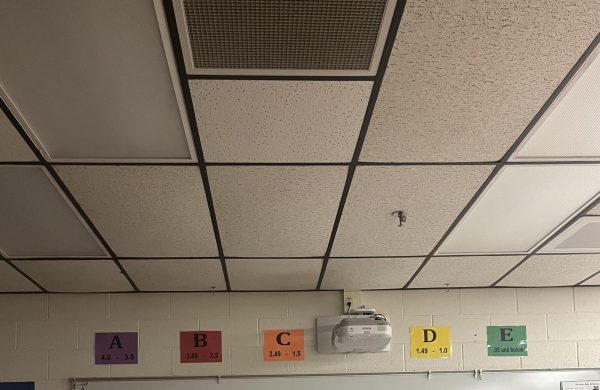The Answer is 42 – Numbers can be cool
I’ll be the first to admit that the statement “numbers can be cool” is quite possibly the nerdiest thing I’ve ever said.
Of all the things to be amazed by, people don’t usually go for the concept that haunts them at two in the morning as they’re trying to study for their AP Calc test. They don’t go for the concept that their brain conveniently forgets about as they frantically try to count the number of one dollar bills they have in their wallet in the checkout line of the gas station as the people behind them become impatient.
Not that I’m speaking from experience or anything.
They usually go for rocket science, supernovas, and deep space imaging. You know, huge events in space-time that accelerate our knowledge in the understanding of the universe. That sort of thing.
To some people, numbers are just numbers. They’re just symbols. They’re boring. But I’m here to give a perspective that no one asked for: numbers can be cool.
One of my favorites to tell people about is Graham’s Number, or g(64). Now, I’m not gonna pretend that I’m a chief scientist and mathematician who is capable of explaining this (in all honesty, I barely understand what this number signifies). The most nuanced way I can describe g(64) is that it’s big (understatement of the century).
This number is so big that, if your brain were to try and simply intake all its digits, it would quite literally collapse into a black hole. The neurons in your brain are physically incapable of handling that much information. This number could kill you.
Kind of. Theoretically. Don’t think about the math behind that statement too much (literally).
Another number I love to tell people about is TREE(3). It’s a finite number that is so gargantuan that it makes g(64) look like nothing. What I find hilarious about it though, is it kind of comes out of the blue.
TREE(1) equals 1.
TREE(2) equals 3.
TREE(3) equals don’t-even-try-to-guess-how-big-this-number-is.
And that gets me thinking … What’s TREE(4) equal to?
And then there are the classic numbers. A “googol” is simply 10 to the power of 100. A “googolplex” is 10 to the power of googol. It’s easy to describe, but such a value is too big for the universe. There are not enough people on earth, planets in the galaxy, or atoms in the observable universe to come even close to a googolplex. From the Big Bang 13 billion years ago, to the very second you are reading this, the number of seconds that have passed doesn’t even come close.
When I tell people about these numbers, I almost always get a response along the lines of “Oh, cool.” Which really means “I don’t care.”
My defense of numbers like these is that they’re just fun to think about. It’s a real challenge to wrap your mind around what they mean and what they represent. It’s fun to try and imagine the sheer size of these numbers and then compare them to others.
Numbers get a bad rep. And hey, I understand why. If I see another “object traveling to the right at a velocity of 25 m/s,” I would also be annoyed. But I’ve come to learn that, when you approach every number like you’re taking a test, you become exhausted of them, and their characteristics become meaningless to you.
I say get out of that mentality. The numbers will still be meaningless. You will never come across them in your life. They will never be useful to you. But nonetheless, they’re fun to think about. I am not afraid to say that I think their characteristics makes them, undoubtedly, cool.






